The Compono Culture, Engagement & Performance Model
Organisational culture and employee engagement don’t just shape your business; they define its success. Imagine a workplace where employees feel...
Engage
|
Hire
|
Develop
|
Assure
|
|
Deeply understand your organisation with science-backed analytics on your culture, team design, and engagement. |
Automatically match to candidates who are a great fit for your team culture and who are intrinsically motivated to succeed. |
Back your onboarding, compliance and skill development with industry-leading credentialling, competency and capability expertise.
|
Reimagine skills assessment and certification with dedicated tools designed to elevate your competency frameworks.
|
.png?width=383&height=200&name=team%20(1).png)
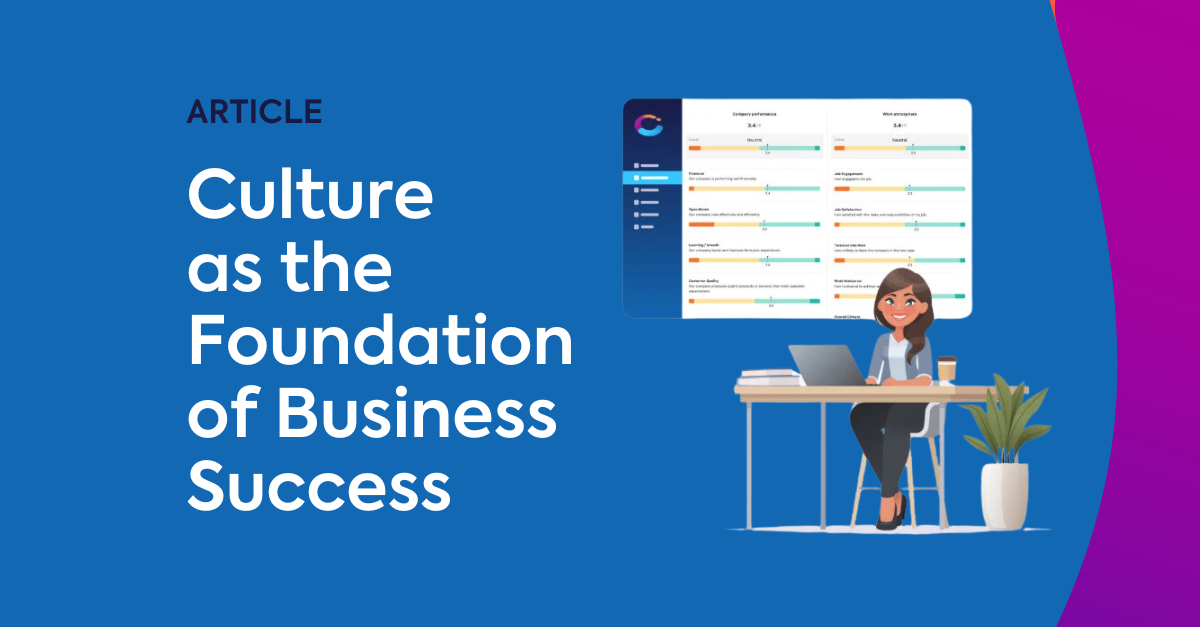
Table of Contents
Culture is the lifeblood of any organisation. From shaping employee behaviours to syncing teams toward a shared goal, a strong organisational culture is the ultimate competitive advantage. But what makes workplace culture so important, and how can businesses use it to truly thrive?
At its core, an organisation's culture is the "how we do things around here" mantra. It extends beyond mere workflows and rituals, shaping interactions, decisions, and values across the board. Thriving cultures cultivate innovation, boost employee engagement, and elevate overall financial success. Conversely, neglecting this unseen yet omnipresent force can lead to employee dissatisfaction, poor productivity, and even organisational stagnation.
Here’s a closer look at organisational culture and its different forms to help you understand how culture not only impacts your business but also defines it.
Culture is more than just a buzzword thrown around in team meetings or propaganda slides. It’s the personality of an organisation, influencing both individual behaviours and collective outcomes. Employees bring their technical skills and knowledge to the table, but it’s the culture that motivates them to contribute, grow, and align with your company’s broader goals.
A strong organisational culture is especially vital in shaping how employees feel about their work. It creates a sense of belonging, shared values, and mutual respect that ripple through an entire organisation. Employees who connect with the culture are happier, more engaged, and significantly more likely to remain loyal. On the other hand, when there’s a disconnect between employees and their organisation’s culture, you get lower engagement, higher turnover, and a workforce unsure of its purpose.
One way to understand the spectrum of workplace culture is by using the Competing Values Framework, which categorises organisational culture across four types. These types are not prescriptive but provide a framework for organisations to self-reflect and recalibrate. Each offers unique strengths and priorities, depending on an organisation’s current goals and market pressures.
A clan culture prioritises collaboration, mutual respect, and a shared sense of belonging. It mirrors a close-knit social group, where relationships and employee experience come first. This type of culture thrives on open communication, one-on-one meetings, and leadership acting as mentors rather than directors.
The emphasis is on teamwork, professional development, and horizontal structures that empower employees at every level to contribute to business success. Clan cultures often foster higher employee satisfaction and retention, proving that success doesn’t always rely on rigid processes or top-down orders.
Adhocracy culture thrives in organisations that value creativity, innovation, and risk-taking. Think of tech startups, creative agencies, or R&D-heavy industries. The focus is on new ideas, bold innovation, and challenging the status quo. It’s an ideal culture for businesses that face constantly shifting markets and demand adaptability.
Adhocracy aligns well with teams and leaders that think big and aim to redefine industries. But there’s often a high tolerance for ambiguity and less focus on clear managerial processes, which can make adhesion a challenge for employees who value structure.
Hierarchy culture may not sound trendy, but its value lies in clear objectives, well-defined career paths, and structured approaches. Industries requiring high levels of compliance and precision, such as healthcare or finance, often lean into this culture.
This structure-driven type benefits from clear managerial processes, technical skills-based decision-making, and decisions rooted in safeguarding the integrity of the organisation. While it can sometimes stifle creativity, it’s excellent for ensuring stability and compliance.
Market culture drives employees and teams by competition and results. Its primary focus remains external, often grafted onto businesses that place an emphasis on outperforming competitors and achieving commercial goals. Success here is measured not just in employee contributions but in market outcomes.
Employees within such environments value incentives tied to tangible progress and often thrive on setting high-stakes targets. Market culture is ideal for businesses prioritising financial success but can sometimes overlook the individual level or the human nuances behind a worker’s motivation.
Culture shapes employee engagement, satisfaction, and ultimately, performance. But beyond the metrics, it’s about matching the everyday life of your workforce with your organisation’s culture. Employees need to see themselves within the values and objectives their workplace promotes.
For instance, a clan culture emphasises mutual respect and support, creating an employee experience where collaboration thrives. Conversely, a hierarchy culture offers security and certainty, appealing to employees who value consistency and growth opportunities.
The alignment of an individual’s values with the organisation strengthens their commitment, motivation, and contribution to the whole. It bridges belonging with performance, making it a critical factor to cultivate.
Likewise, mismatched alignment often results in challenges. Employees within a hierarchy culture who long for less structure may disengage or leave, while creatives in an adhocracy culture can often feel fatigued if innovation becomes an unrelenting expectation.
Businesses must use tools such as employee feedback, engagement surveys, and leadership insights to consistently measure whether how things are getting done aligns with the human side of the organisation.
Has your organisation defined its culture, or has it allowed one to evolve unintentionally? While some businesses successfully develop their values through organic growth, others face obstacles like misaligned goals, siloed teams, or unspoken rules that weigh down progress.
Whether you aim to strengthen or transform, it begins with an honest evaluation. Tools like culture assessments enable leaders to map out core attributes of their current culture, measure employee perceptions, and identify possible gaps.
Once you’re clear on your current culture, initiatives to strengthen it might include the following strategies:
Culture plays an important role in influencing both the tangible and intangible elements of business success. Your culture must be understood as a quantifiable metric—not just an abstract concept. It shapes not only who joins your team but how long they stay, how happy they are, and how much they contribute.
Companies aligning their culture with business strategy consistently outperform others, achieving outcomes like increased profitability, higher retention, and employee engagement. For example, a growth-oriented adhocracy culture spurs innovation, while a hierarchy culture excels in enhancing processes.
Businesses aiming to unlock their full potential must continually invest in the health of their culture. Mismanagement can often alienate talent and sink morale. The human mind thrives in an environment aligned with shared values, opportunities for growth, and mutual understanding. By acknowledging this, companies lay the blueprint for success, ensuring every employee contributes meaningfully.
Your culture should be designed around an ongoing cycle of feedback, assessment, and action. Investing in tools that monitor employee experience, engagement, and outcomes gives businesses the insight to act swiftly.
Using evidence-based models like those from the Compono Culture, Engagement, & Performance Model, organisations foster decision-making rooted in data. Key principles include directly crafting feedback loops to see whether a clan culture's shared values are resonating or if uncertainty avoidance in a hierarchy model is hampering new ideas and innovation.
If we imagine culture as the science and art of influencing human behaviour within the business, it simplifies unnecessary myths or complexities.
While businesses may lean towards one cultural type, most successful organisations blend attributes. The collaboration of a clan culture, the precision of a hierarchy, and the innovation from adhocracy fuel each other in a seamless cycle.
Culture isn’t static. Much like a business evolves, reorienting or reinforcing the culture is necessary. Change needn’t uproot the foundation but instead inspire shared goals aligning with strategy and values.
To create thriving cultures, businesses must shift from seeing their employees as workers to viewing them as individuals shaping the future of an organisation. It’s in the blend of leadership, values, and feedback that employee engagement thrives, driving better business outcomes and ensuring sustainable success.
For organisations eager to set themselves apart, the solution lies in getting culture right. After all, everything follows when culture aligns with people, teams, and business goals.
Talk to an expert and find out how Compono can help you get the competitive edge with culture, engagement and performance.
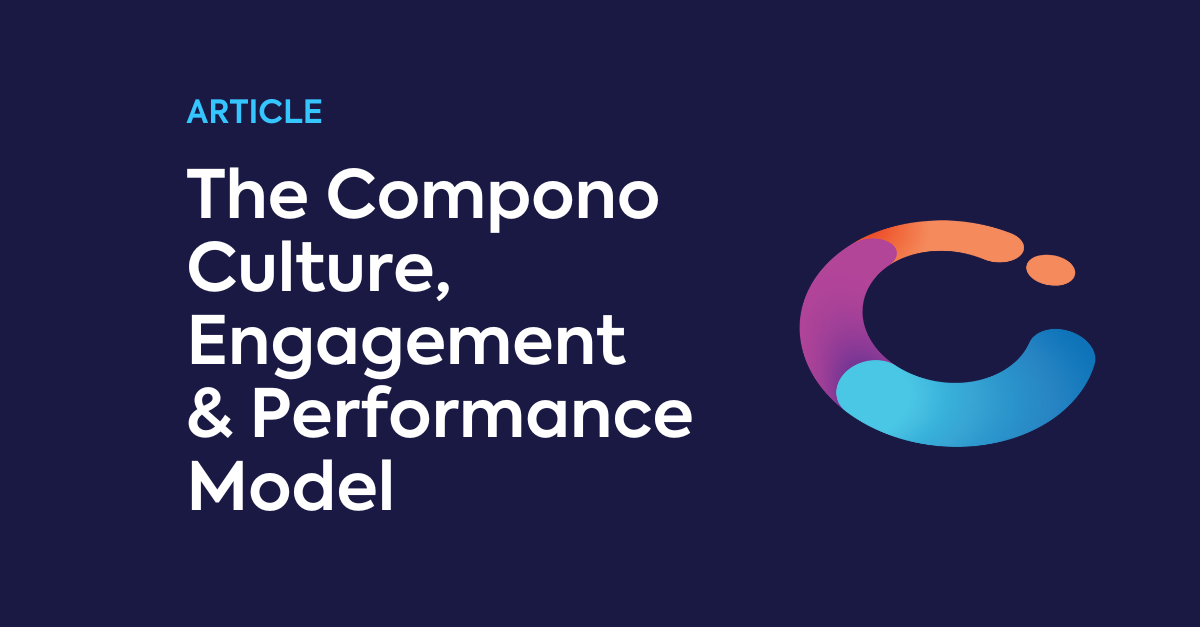
Organisational culture and employee engagement don’t just shape your business; they define its success. Imagine a workplace where employees feel...

If you're an HR leader or business decision-maker focused on creating high-performing teams, you've likely encountered both Culture Amp and Compono....
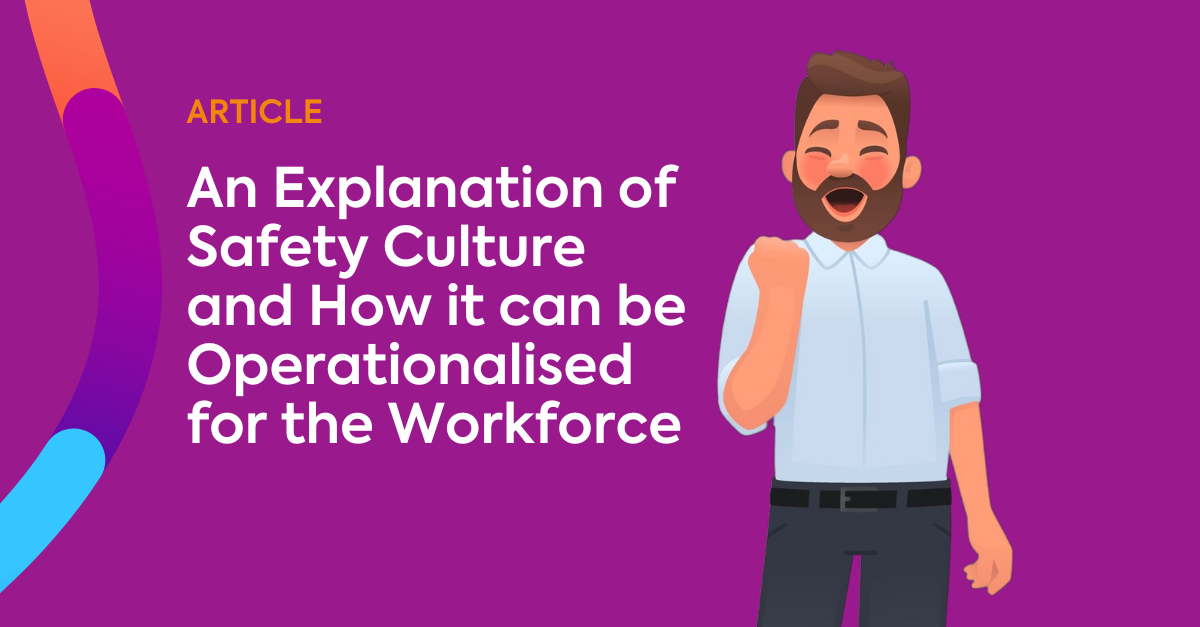
As CEO of Compono, I’m a firm believer that it’s simply not enough for me and my team to focus only on building intelligent software. It is also...

Last weekend, I attended a friend’s BBQ where we discussed sports and the country’s economic state, when inevitably the conversation turned to work....
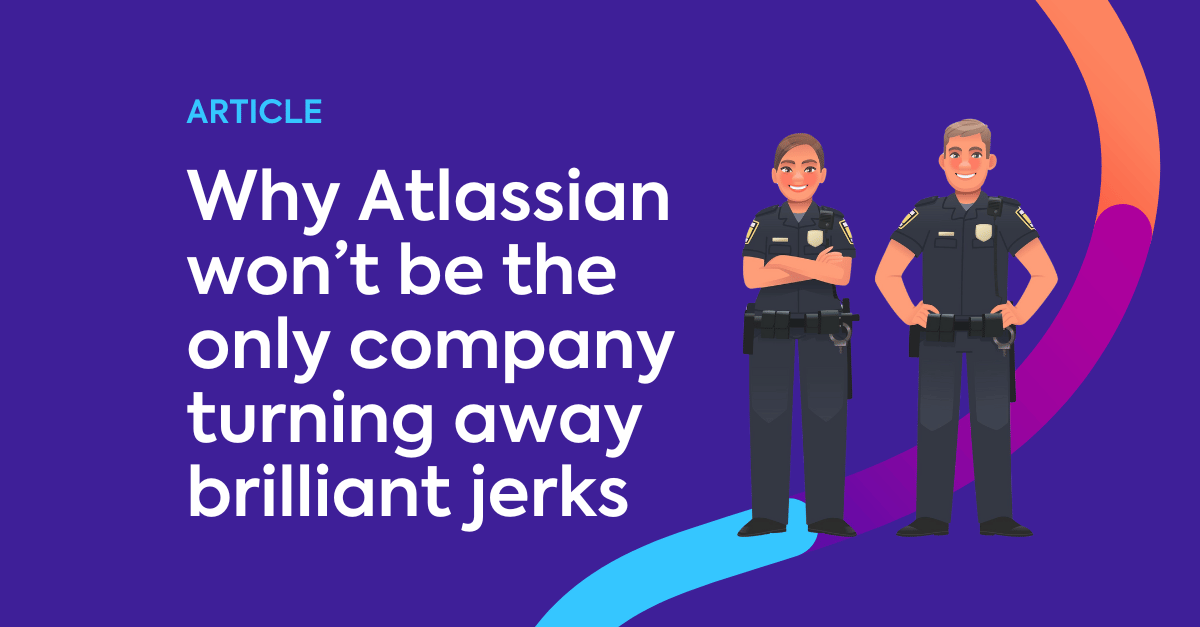
Over our working careers, many of us have come across the ‘brilliant jerks’ of the workplace. We all know these individuals – they are technically...
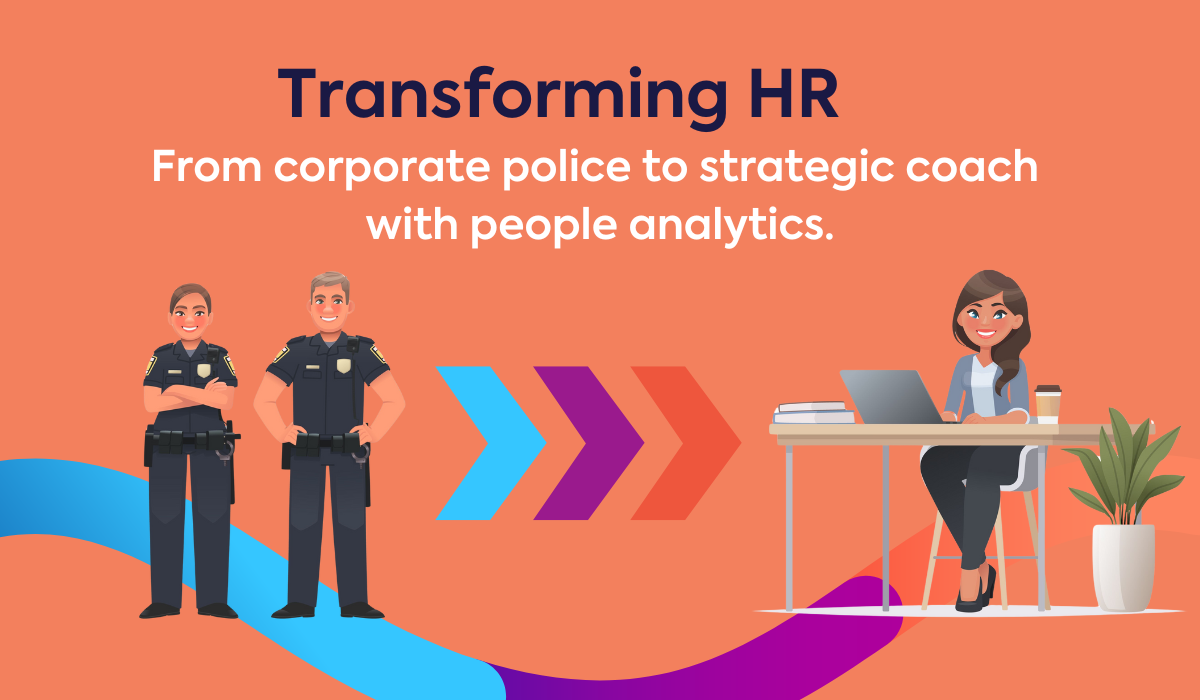
1 min read
“You don’t have people problems until you get HR”. Ouch! Can you believe that I've heard this from some business owners and execs? Let's shine a...